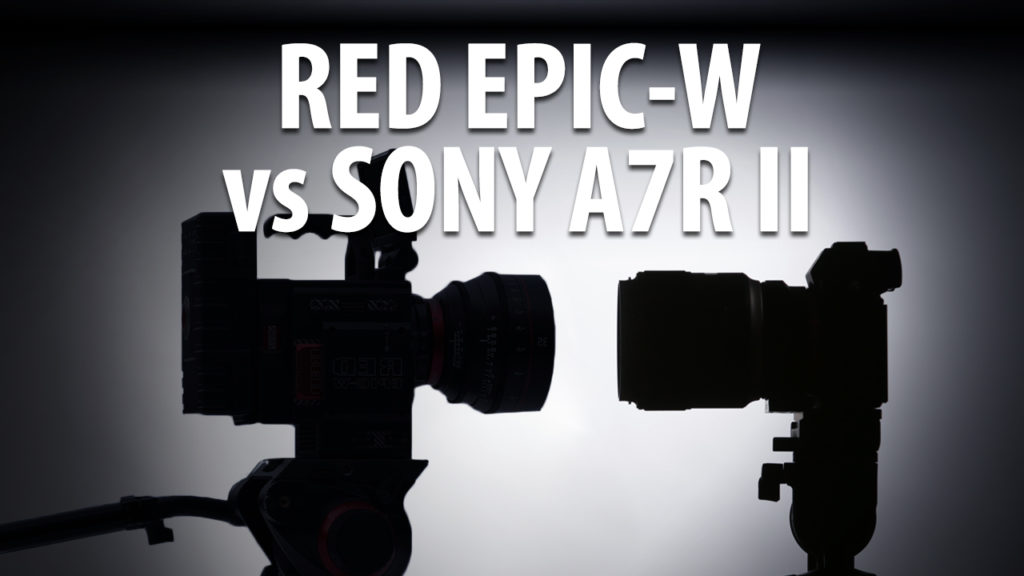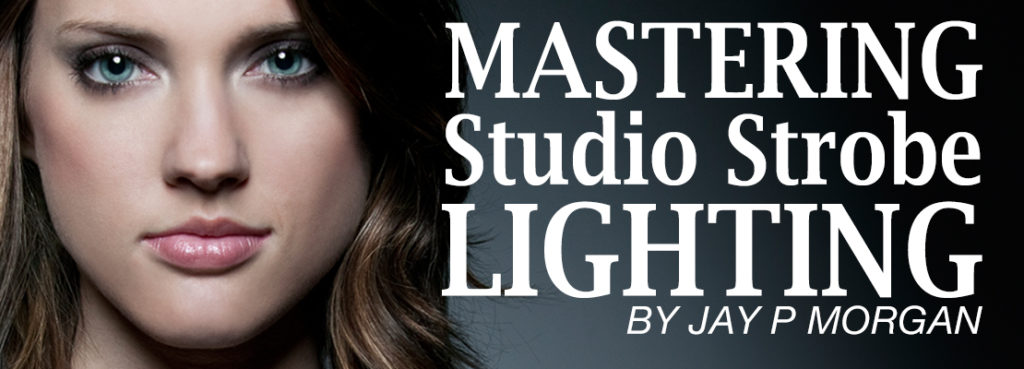Today on The Slanted Lens we are comparing raw stills from the Red Epic-W and the Sony A7RII. We’ll be pulling stills from the raw footage shot on the Red Epic and looking at them compared to the stills from the A7RII. Let’s see what we find!
The Comparison
Red has been advertising for some time that their cameras are built for video and stills. We want to see just how viable that statement is! Today we are testing the Red out and comparing it with the quality of stills we get with the Sony A7RII.
The ISO Test
The first thing we notice on the Red is that the ISO is noticeably darker (almost a full stop darker) than the ISO on the A7RII. So what this really means is not that the ISO is darker but that it is miscalculated. However, Red is releasing a new firmware which is rumored to be changing that ISO so that it matches better with other cameras.
The color on the Red is also very different. We used the same exact lighting with both cameras and added a cyan gel, yet the stills pulled from the Red are far more blue than those on the A7RII. An interesting difference we noticed at 1600 ISO is that the Red image is softer than the Sony, even though they have roughly the same megapixels. This could be due to the fact that the Red as a smaller sensor field or that it has very strong low pass filters.
As we take the ISO up even higher to 3200, we notice that the A7RII does start to become a lot more blocky, while the Red shows a lot of color and a lot of chroma noise. The background of the Red is a lot more grainy and the color has shifted like crazy.
All in all, if you are going to shoot in low light, we would suggest that the Sony A7RII is the clear winner here. For a cinema camera, though, the Red Epic-W is nothing to scoff at!
The Dynamic Range Test
We put both cameras through a very simple dynamic range test- over and under a couple stops. We started the Red Epic at its native 800 ISO. The Sony was left at a slight disadvantage because we started it at 250 ISO, which is above its native ISO by a stop and half.
The A7RII was very clean both ways. There was a minor color shift in between shots, but the Sony held up well until we took it up 4 stops. At +4 EV it fell apart. What this tells us is that you really want to protect the highlights on the Sony. It does incredibly well in shadow, but overexposing it looses those great highlights.
The Red Epic, of course, is a little underexposed at its native ISO. However, like the Sony it handled +/-2 EV really well. Remarkably, even at +4 EV the Red looks great! You can probably take the Red up 5 stops and still be okay- amazing!
So with the Red, you are going to want to give it more light rather than less.
What’s the Point?
The big point to remember here is that one of these is a cinema camera and the other is a stills camera. Obviously they were meant to shoot different things. But we really want to see if there is a reason to use that Red Epic for stills. Is there an actual advantage to being able to pull stills from the raw video?
It most definitely is an advantage to be able to pull nice, clean, full resolution stills from video. As we have seen, however, this comes with some major challenges. For instance, if you are shooting video at 1/5o of a second, no matter what your subject is doing there is going to be blurring. Even if the subject is simply fidgeting or leaning forward you run into problems. As we move up to 1/400 of a second the blurring gets better, but we still have some slight issues. In order to really freeze your subject you would need to move it up to 1/1000 of a second. At that point you have just turned your video camera into a stills camera. The video at that shutter speed would look too weird to use.
The Conclusion
Based on all the tests, we would suggest that it isn’t all that big of an advantage to use the Red’s ability to shoot stills. The Red’s stills are consistently softer than the Sony’s impressively sharp stills. While the different lenses we used could play a factor in that, we were both using Tamron lenses from the same generation. One 35mm and one 40mm. The tonality of the Red is really nice-the colors seem much stronger and more vibrant. The Sony, on the other hand, does have a tendency to be a little greenish, a little more neutral.
All that being said, our conclusion is simple. You use a stills camera to shoot stills and use a video camera to shoot video! To think that you can use one camera and one setup to do those two very different things is crazy. So our advice is to always shoot stills, even when you shoot video. If you don’t have a stills camera, then shoot some video like you would stills. Shoot video of them smiling and looking nice and you are good to go.
Let us know what you think and whether you have used the Red Epic-W for stills in your work!
Keep those cameras rollin’ and keep on clickin’!
-Jay P.


